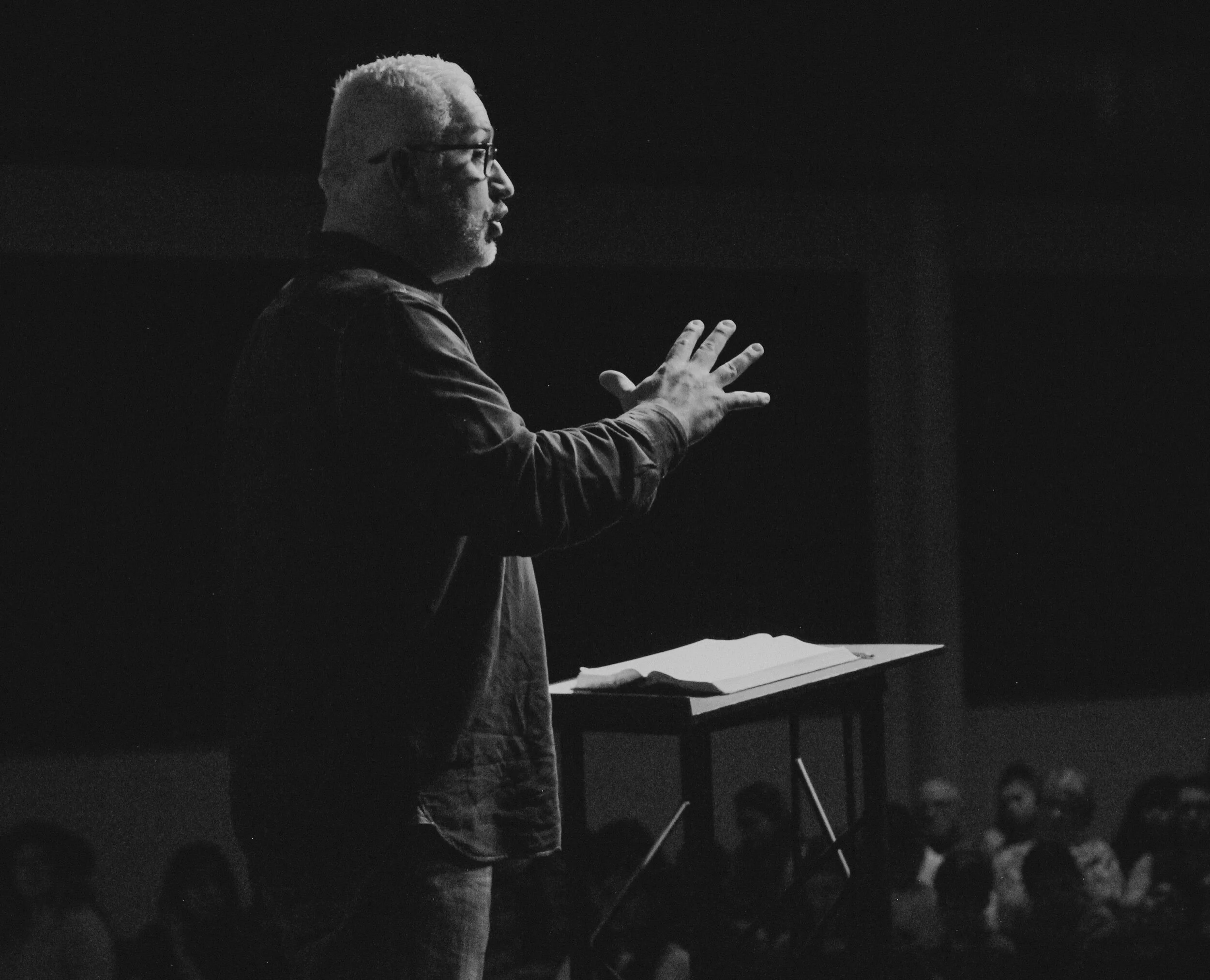Principals Teaching Teachers
Takeaway:
Principals are the educational leaders of the school, although that seems like a harder role to play nowadays. Embracing this longstanding expectation means the difference between a great and growing school, and one that feels stagnant and disengaged.
Principals Teaching Teachers:
How do you train people who are highly educated, experienced, background checked, and certified professionals who have dedicated themselves and their career to teaching children? How can principals teach teachers?
For starters, in order for a principal to impact teachers, we need to not see ourselves as the expert in the room, because we are not. Our role is to influence and to provide opportunity and accountability for our staff. Once we see ourselves as being the most informed on what happens in the classroom, we lose our audience.
This means that the first and most important thing we have to do as leaders is to create culture and model the behaviors we want to see in our teachers. Nothing is more important than this.
Culture stems from the collective values, attitudes, and actions that take place within our schools. Our leadership, staff, students, parents, local community, and nation all have a massive impact on each school’s culture. When you work internationally you can really see the huge differences between schools and countries.
For example, in Tanzania, there can be a strong value for British tradition (think uniforms, Cambridge exams, British curriculum, terminology, etc.) and while many students want to excel, many simply want an opportunity to study abroad after high school (largely in the UK, Europe, Middle East, and elsewhere).
While in Korea, students generally do excel and are competing for the top tier schools internationally (especially in the USA). Some families will spend around $30,000 per year to hire an educational consultant who reviews their child’s transcripts, future courses, grades and benchmarks, and may try to influence which counselor they have, which classes to take (because some teachers may provide easier grades), and which universities they go to. Talk about a cultural difference!
School leaders need to be very explicit about school values to help shape and shift the culture. If you are looking to revolutionize the values that have been long-held in your school, good luck! You are much better off working with the current values and shaping them into the direction you very much believe they need to go.
Equally important and up next is modeling the behaviors we want to see in our teachers. Do you want teachers to collect feedback from their students? Then give your teachers quarterly surveys about you and publish the results. Want them to be comfortable with you doing weekly walkthroughs? Invite every teacher for a one on one meeting before and during the first weeks of school, get to know everyone personally and professionally. Hope teachers are actively participating in a professional learning community (PLC)? Start one for your team of leaders. Your teachers are much more likely to follow your example rather than your demands.
This idea of shaping culture, values, and modeling behavior can seem abstract to some, but it is essential! Just try to implement a new evaluation system without first getting teacher input. Or, attempt to tie student performance to pay and exclude yourself from its financial consequences. You would get chased out of town with pitchforks!
All of this reminds me a bit of Theodore Roosevelt’s famous charge up San Juan Hill. After taking Kettle Hill during the Spanish-American war, Roosevelt set his aim for the biggest challenge ahead, San Juan Hill. Off he went charging up the hill with about five soldiers only to realize that he did not give the charge. Returning to his men, the Rough Riders, he gave the charge and they all chased after Roosevelt and overtook their enemies and helped win the day.
As leaders, we must create the environment where our staff want to be led, are a part of leadership, and know their value. After you have accomplished that, don’t forget to lead your team with a charge worth following! This can only be done once you have established a clear culture of learning and growth, and remember, culture is everything!
In the next post you can read about how teachers can teach teachers through leading workshops, peer observations, PLCs, and more. Remember, in order to have a school culture that enables and empowers such activities, it starts with the school leaders.
